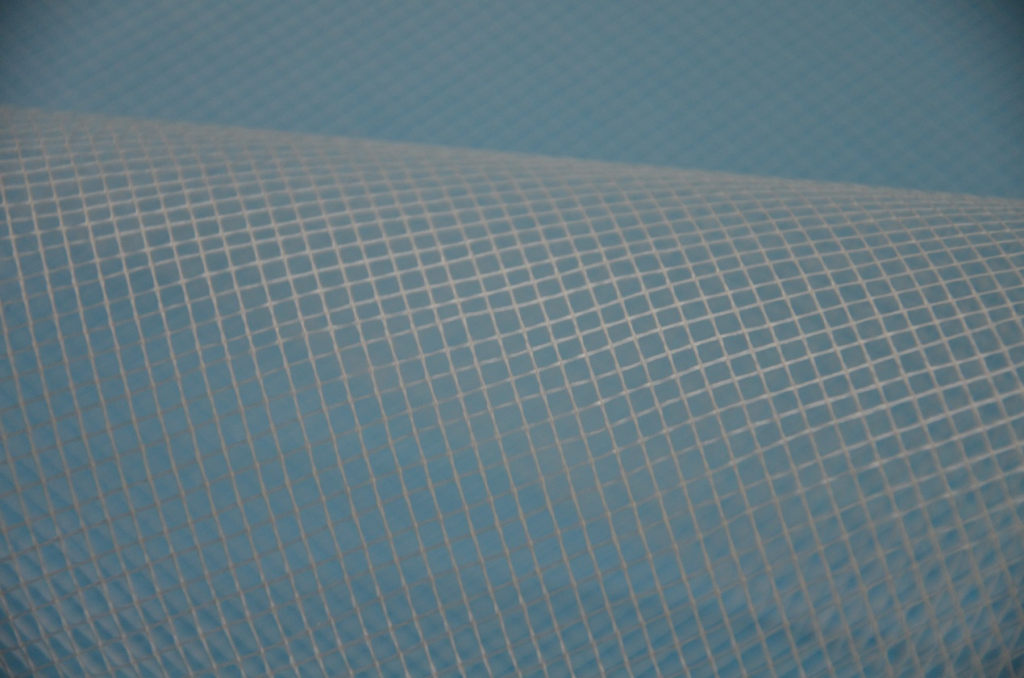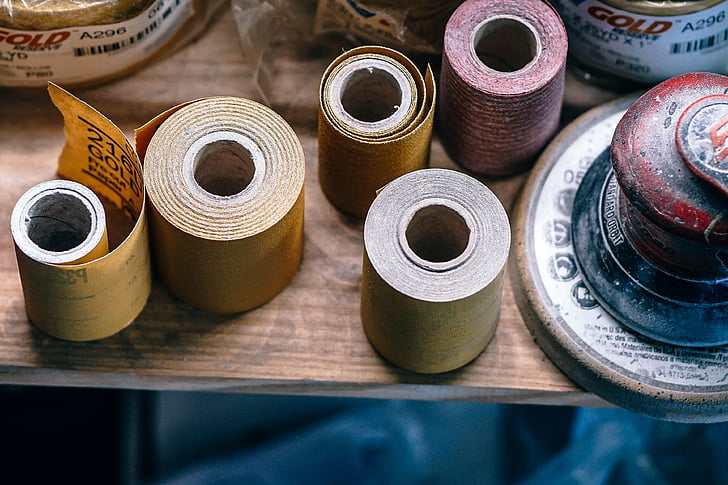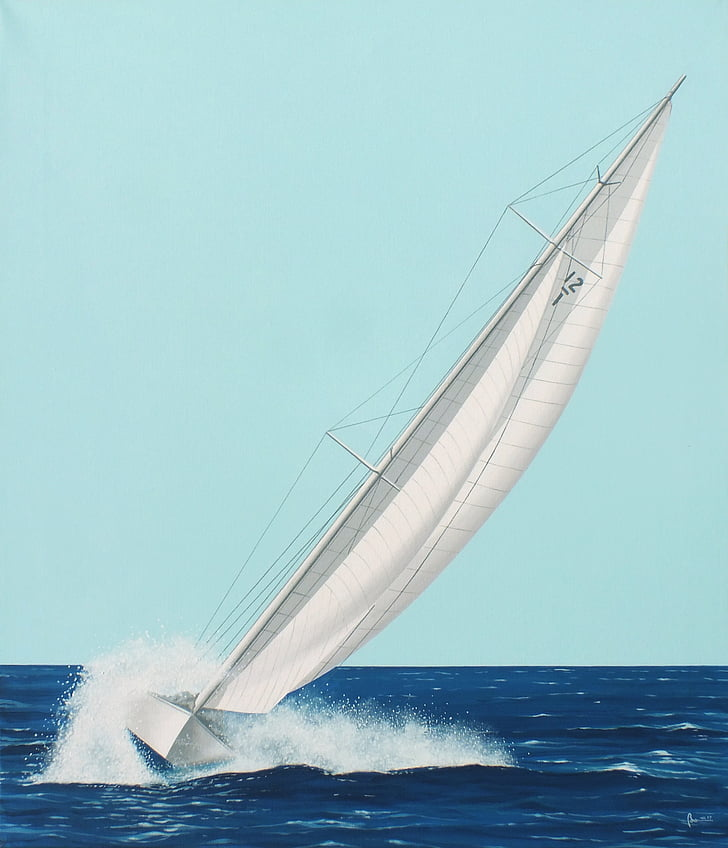
(CTC Reinforcement Solutions, 2025)
Fiberglass laid scrim is a versatile and high-performance reinforcement material constructed of continuous filament yarn in an open mesh construction.
As we step into 2025, the market continues to navigate a complex landscape shaped by shifting supply chains, evolving trade policies and fluctuating raw material costs. Despite uncertainties, the demand for technical textiles, has been remain resilient. This particular market growth is driven by advancements in multiple industries such as construction, automotive and renewable energy applications. Technological innovations in manufacturing process have also creating more possibilities for a wider range of industry applications. We will explore the latest business dynamics, competitive trends and growth opportunities in the industrial textile section for this promising yet challenging year.
Key drivers of Market Growth

(Hippopx, 2025)
Many construction materials require high strength, durability and dimensional stability. Laid scrim, under this circumstance, were often being used as a reinforcing framework in roofing, waterproofing, walls and flooring to potentially enhance material performance.
Governments, particularly in developing countries, have increased investment in infrastructure construction to stimulate economic growth. In India, Pakistan and Southeast Asian countries, infrastructure construction and urbanization are continuous accelerating, and have become the main driving forces behind the rapid growth. The growth of the construction industry is driving the reinforced materials market with widespread applications such as flooring, roofing and walls. The industry’s steady expansion will continue to create sustained market demand for reinforced materials.

Laid scrims are often laminated into applications like paper, plastic film and tapes. Capable of boosting tear resistance while adding negligible weight, making the end product stay light yet tough.
The global packaging industry is leveraging technological innovation to meet market demands and environmental pressures. With the rise of e-commerce and the push for sustainable packaging, the demand for filament tape is steadily increasing. This increasing will drive the reinforced materials performances greatly in this industry. The triaxial reinforcement structure of grid tape can evenly distribute pressure, preventing packages from tearing during handling and transportation and reducing the risk of damage. It also enables more sustainable packing, as recyclable fiberglass or polyester laid scrims can replace heavier, non-recyclable reinforcements.

Scrim is commonly used as an interlayer reinforcement material. The mesh can be oriented at specific angels to corresponding with sails’ load path, thereby enhancing the sailcloth’s strength in these very directions.
As modern sailing has placed an increasingly demand on sail performance, traditional fabric-only sails have become insufficient for competitive and high-performance sailing. By integrating laid scrim into sailcloth, the development of grid-laminated sails has resulted in significantly stronger and faster alternatives to conventional fabric sails. It is expected that as production costs decline and manufacturing techniques advances, these high-performance sails will eventually step into elite racing events and progressively being adopted in recreational sailing and kite surfing, making contributions to the overall upgrade of sailing equipment.
In addition to the discussed applications in packaging, construction and marine industry, laid scrim also manages to utilize in many different sectors such as aerospace and wind energy industries where lightweight and strong material are required. Similar applications are also being demonstrated across various fields, including sporting goods, pipeline and medical auxiliaries. This multifaceted expansion is set to further expand the market for laid scrims.
Scrims are expected to see even broader use in the coming years, becoming indispensable as industries seek materials that are strong, light and sustainable. From packaging and construction to aerospace and automotive, this particular product is creating an exciting possibility for the future. At CTC, we are committed to continuous innovation in technology, strive towards a greater future.
